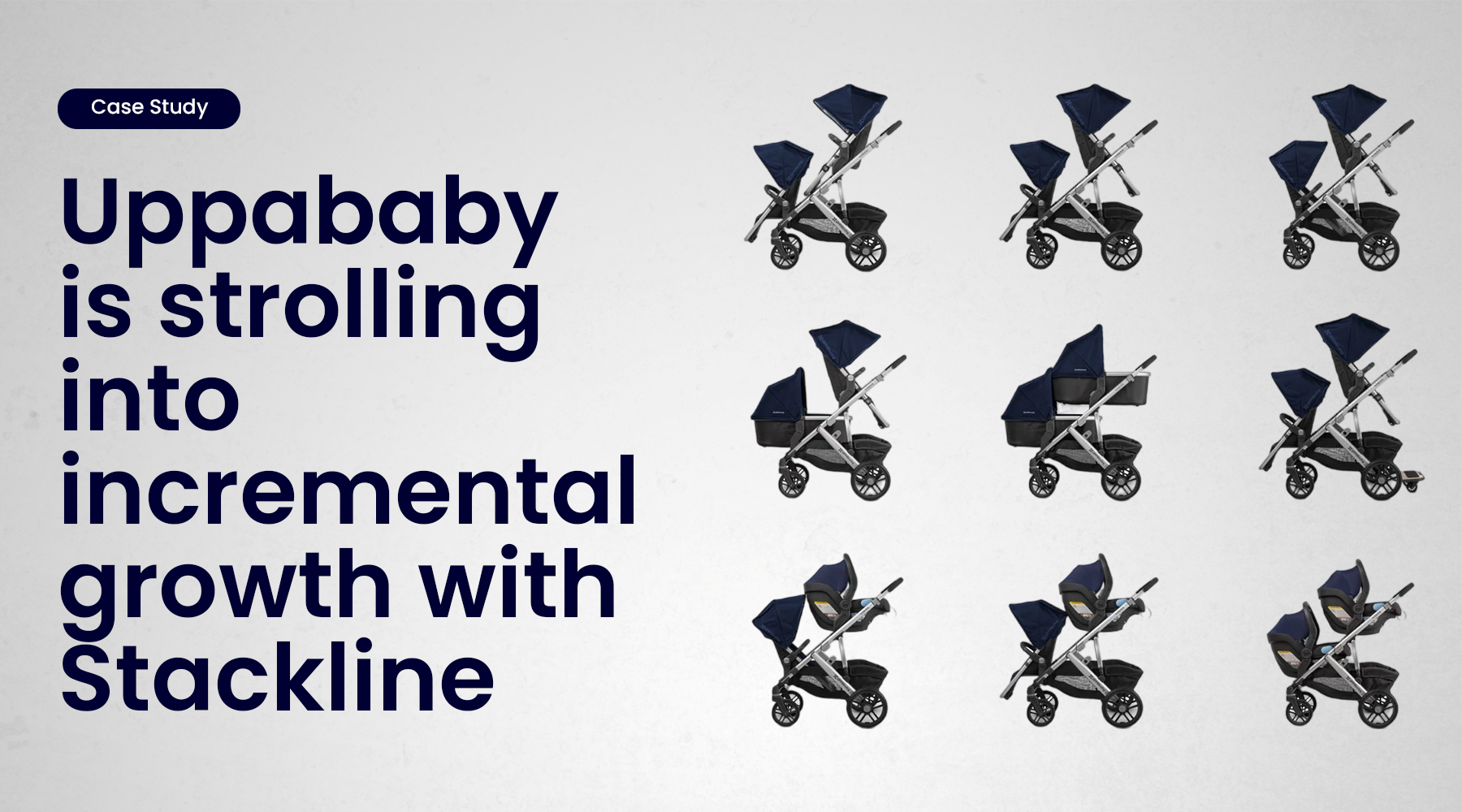Latest trends in Pet: Four key dynamics and how brands can capitalize
Learn how to respond to shifting consumer behaviors in the high growth pet category

In 2023, the Pet Supplies market solidified its position as a powerhouse for retail growth, surpassing categories that typically held sway over household expenses. By reviewing the four key factors that drove the market in 2023, brand managers and marketing professionals aiming to refine their omnichannel strategies in 2024 can uncover the most effective ways to seize this opportunity.
Brand Loyalty = Market Power
Brand loyalty remains a significant factor in determining market share at a category level. In 2023, brands that retained more customers between shopping occasions secured a larger market share. The following graphs illustrate the compelling link between customer retention rates and market share across two leading categories.
For Ecommerce managers, this underscores the significance of engaging existing customers wherever feasible. From obtaining verified reviews to testing messages for maximum impact on the audience, brands must cut through the noise to develop meaningful customer relationships. Additionally, brands encouraging repeat purchases through loyalty programs and subscriptions have seen significant increases in retention rates.
Niche and Premium Products Fueled Consumables
In 2022, consumables dominated the Pet Supplies market, representing half of all sales. While traditional categories fueled growth in the past, 2023 witnessed a significant shift toward niche segments. Unique consumables like lickable treats, freeze-dried snacks, and premium dog food took the lead, growing twice as fast as conventional pet food. This trend highlights the growing demand among pet owners for specialized products to cater to their pets' needs.
Health & Wellness: The New Frontier
Health & Wellness products witnessed the most significant year-over-year growth of any Pet Supplies segment in 2023, growing 24% (compared to the 10% average growth experienced by all other pet supplies segments). Flea and tick medications dominated this segment's growth a remarkable 40% Y/Y growth.
Forward-thinking brands within the category should cement their position through improved merchandising and SEO to benefit as much as possible from the near-certain growth the category will experience over the coming years.
New Horizons in Non-consumables
2023 saw massive increases in organic search traffic for items like dog and human beds (176% Y/Y growth), chewing-deterrent sprays (97% Y/Y growth), and pet cologne (53% Y/Y growth). Searches for these products indicate pet owners are treating their pets more like family members than ever before, and brands should consider deploying content and creative that recognize the changing dynamic between pets and their 'human parents.'
How Brands Should Respond
Quality and Premiumization
The evolution towards superior pet products requires that brands explore and develop premium offerings if they haven't already. Quality is paramount in 2024, and brands' marketing strategies must align accordingly or risk losing out on retail sales and market share.
Agile Branding
Contemporizing products and marketing communications to mirror current consumer search trends is what retail shoppers have come to expect. Responding quickly and decisively to trends is vital, particularly when launching new products and optimizing existing listings.
Prioritizing Consumer Retention
With changing economics, from increasing CPCs to more competitors, brands with an eye on growth should place customer retention as their top priority. To better retain customers, engage with the consumer post-sale, harvest churn/switch insights, gather zero-party feedback, and construct iterative loyalty programs that incentivize recurrent buying.
Contributor note
Stackline has assembled a committee of individuals to internally discuss the most pressing challenges and opportunities facing Pet brands. Individuals from this committee have contributed industry learnings to shape these insights.
About Stackline
On a mission to fuel the future of commerce by bringing brands and customers closer together, Stackline is the first full funnel connected commerce platform for the world's most innovative brands. Business leaders, product innovators, performance marketers, and financial firms trust Stackline as the single source of commerce truth. Stackline's market insights, revenue metrics, behavioral data, and autonomous functionality create the actions that determine success or failure.
Founded in 2014 in Seattle, Stackline employs over 250 connected commerce professionals, creating value for 7,000 global brands.


SUBSCRIBE
Want to stay informed?






